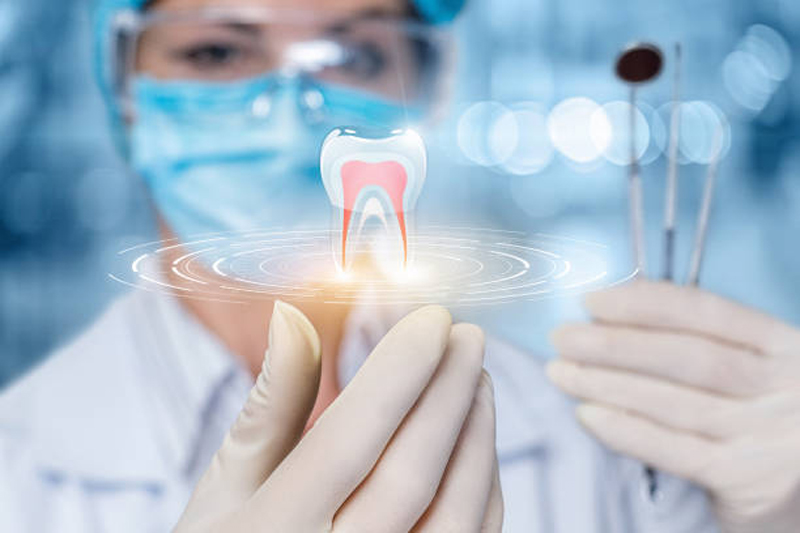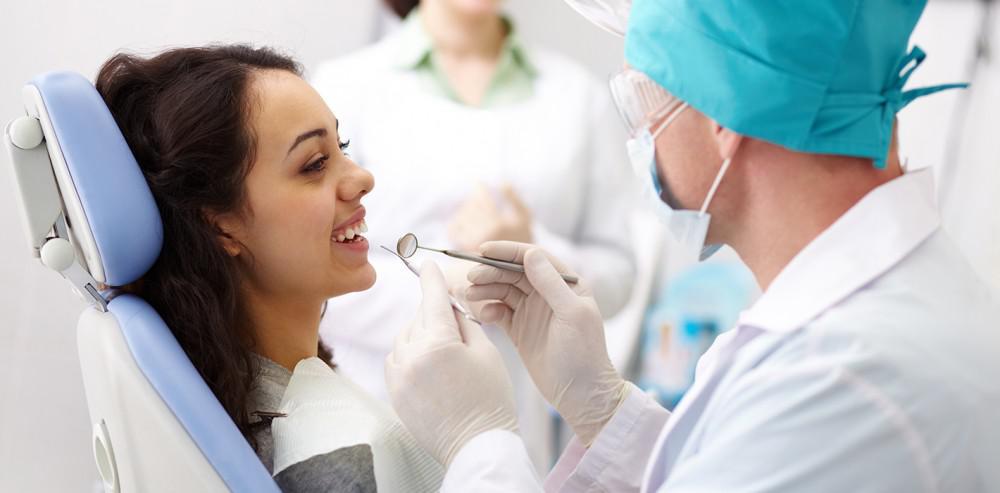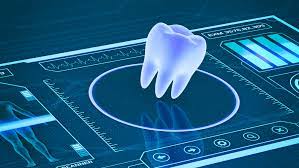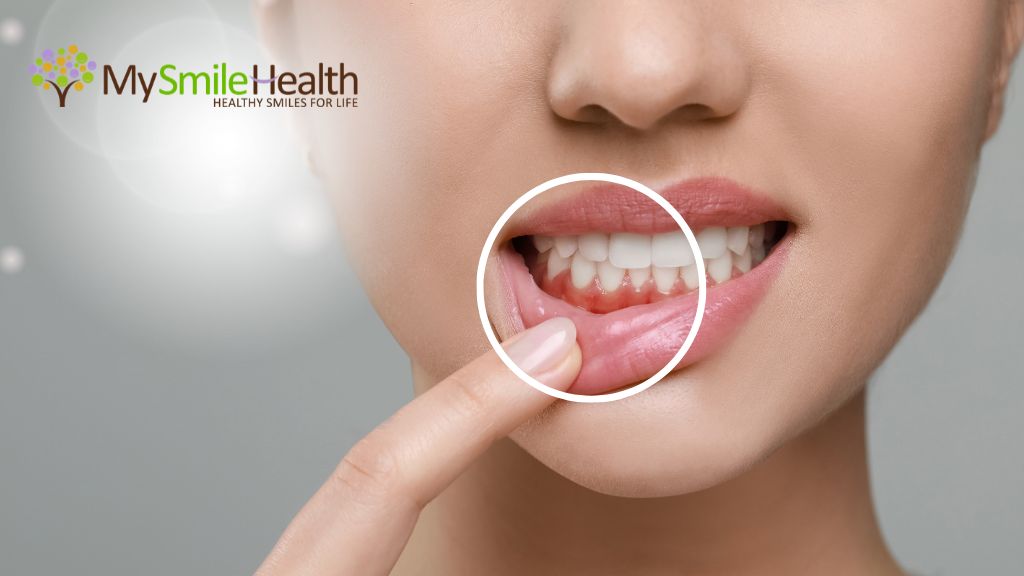As a dentist in Surrey, I have seen firsthand the impact that the latest dental technologies can have on a patient’s smile. From intraoral cameras and digital radiography to dental lasers and 3D printing, these technologies have revolutionized dentistry. In this comprehensive guide, I will provide an overview of the latest dental technologies and how they can transform your smile.
Introduction to the latest dental technologies
Dental technology has come a long way over the years. In the past, dental procedures were often painful and invasive, and patients had to endure lengthy recovery times. However, with the latest dental technologies, many procedures are now minimally invasive and require little to no downtime.
One of the most significant advancements in dental technology is the use of digital imaging. Digital radiography allows dentists to take high-quality images of a patient’s teeth and gums quickly and with less radiation exposure than traditional x-rays. Intraoral cameras, which are small cameras that are inserted into a patient’s mouth, also allow dentists to get a closer look at a patient’s teeth and gums, providing a more accurate diagnosis.

Benefits of using the latest dental technologies
The benefits of using the latest dental technologies are numerous. First and foremost, these technologies provide patients with more comfortable and less invasive treatments. For example, dental lasers can be used to remove decay and perform gum surgery without the need for anesthesia or incisions.
In addition to being more comfortable, the latest dental technologies are also more accurate. Digital impression systems allow dentists to create precise digital models of a patient’s teeth and gums, which can be used to create custom restorations like crowns and bridges. 3D printing technology can then be used to create these restorations quickly and accurately.
Dental technology advancements over the years
Dental technology has come a long way since the first dental drill was invented in the 1700s. In the early 1900s, the first dental x-ray machine was developed, which allowed dentists to see inside a patient’s mouth for the first time. In the 1960s, the first dental lasers were invented, and in the 1980s, digital imaging technology was introduced.
Today, dental technology continues to evolve at a rapid pace. New materials and techniques are constantly being developed, and dentists are constantly looking for ways to improve patient outcomes.
Overview of dental procedures that use the latest technologies
Many dental procedures use the latest technologies. One of the most common is Invisalign, a clear aligner system that uses digital imaging technology to create custom aligners for each patient. Invisalign is an excellent alternative to traditional braces, as it is more comfortable and less noticeable.
Another common procedure that uses the latest dental technologies is dental implants. Dental implants replace missing teeth and are created using digital imaging and 3D printing technology. The result is a restoration that looks and functions like a natural tooth.

Intraoral cameras and digital radiography
Intraoral cameras and digital radiography are two of the most significant advancements in dental technology in recent years. Intraoral cameras are small cameras that can be inserted into a patient’s mouth, providing a close-up view of a patient’s teeth and gums. This allows dentists to see things that might not be visible to the naked eye, such as small cracks or cavities.
Digital radiography allows dentists to take x-rays using digital technology, which provides a more accurate image with less radiation exposure than traditional x-rays. This technology also allows dentists to view the images instantly, which speeds up the diagnosis process.
Dental lasers and their uses
Dental lasers are another significant advancement in dental technology. Lasers can be used for a variety of dental procedures, including removing decay, reshaping gums, and performing biopsies. Dental lasers are less invasive than traditional surgical methods, and they often require less anesthesia and result in less bleeding.
3D printing in dentistry
3D printing is another technology that has revolutionized dentistry. With 3D printing, dentists can create custom restorations like crowns, bridges, and dentures quickly and accurately. This technology also allows dentists to create surgical guides for procedures like dental implant placement, which improves accuracy and reduces recovery time.

Digital impression systems
Digital impression systems create precise digital models of a patient’s teeth and gums. These models can be used to create custom restorations like crowns and bridges and orthodontic appliances like Invisalign. Digital impression systems provide a more accurate and comfortable patient experience, eliminating the need for messy impressions.
Conclusion and future of dental technology advancements
In conclusion, the latest dental technologies have revolutionized the field of dentistry, providing more comfortable and accurate treatments for patients. From intraoral cameras and digital radiography to dental lasers and 3D printing, these technologies are changing the way dentists practice.
Looking to the future, we can expect to see even more advancements in dental technology. As new materials and techniques are developed, patients will have access to even more comfortable, accurate, and efficient dental treatments.
If you’re interested in learning more about the latest dental technologies and how they can benefit you, contact our office today to schedule a consultation.
CTA
Contact our office today to schedule a consultation and learn more about the latest dental technologies.






